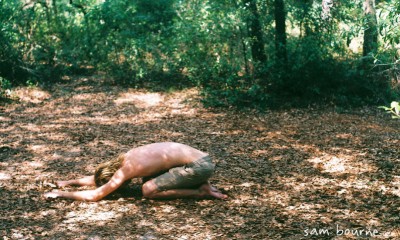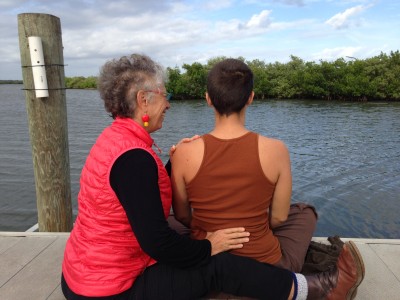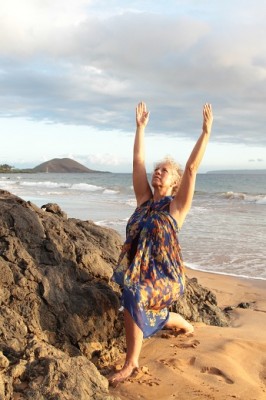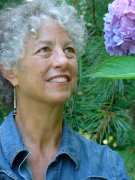This month’s blog post is borrowed from a dear friend and teacher of mine Jana Titus. Jana is an amazing teacher, writer, life coach, and healer. She is intuitive and yet practical, insightful, and direct. Please enjoy this article. To read more by Jana, visit janatitus.com
 OMG – Gotta do this – Gotta do that – Gotta move faster – Gotta do more…
OMG – Gotta do this – Gotta do that – Gotta move faster – Gotta do more…
Sound familiar?
It’s the soundtrack of the modern mind, a siren song of stress, endlessly driving us to do more and do it faster. We all honor the idea of being mindful, of keeping calm, of staying in the moment. I’m not sure we really believe it’s possible – or, frankly, even desirable…
Slow down and someone else might get ahead. Slow down and we might miss the next boat taking off for the next big thing. So day after day we run after the cosmic To-Do list that rolls before us, striving to catch up with our lives – to take control. But somehow we never do. Somehow our lives seem to have taken control of us…
It’s time to take charge…
Speed is the enemy of consciousness. It creates stress out of thin air and panic out the simplest errand. But we live in a speed-addicted world, and we’re all hooked – pharmaceutically or psychically. It’s our culture – the ingrained belief that the more you do the better person you are. The busier you are the more important. The faster you move the more you get done. So of course we take on more than we can do! Of course we speed up to do it! That’s what successful, got-their-act-together people do! Yet at the end of the day we wonder why we feel so exhausted, stressed and overwhelmed – and why, despite all we did, there’s so much left to do. It’s the way things are. Life in the 21st century.
Does it have to be that way? Really?
Ask yourself: Does doing things faster give you more time? Does driving through your day like it’s the Indy 500 make you more productive? Have you ever got it (whatever ‘it’ is) all done? Is it even possible? Does it even matter?
Years ago I studied with a Swami who observed that Americans make themselves crazy running around, and asked a simple – ‘Why?’ That was my ‘aha’ moment, the moment I decided to slow down enough to smell at least one flower a day. Because at that moment, in a flash, I saw my life as a race I was running – and losing – everyday. And when I asked myself ‘why?’ I couldn’t answer the question. Since then, I’ve asked the same question of people who come to me stressed out and exhausted – and I’m always amazed to find no one can answer it! It seems that all the rationales for rushing around to accomplish XY & Z in the shortest amount of time dissolve upon examination.
The plain fact is that the go faster/do more paradigm by which we live is a lie. It doesn’t work.
We need to make a change. And the only way to change behavior is to change the thought that inspires it…
- First step: create a new paradigm that answers the questions: what do we really want from life, what would reduce stress, give us more energy, create more happiness, and make more time for the things that give us joy
- Next step: create a practice that puts the idea into action. By practice I’m not talking about adding to the list of what we already have to do – thus creating more stress. I’m talking about implementing certain time-proven techniques for staying conscious, present and calm in our day. For instance:
- Set a daily intention. Intention – ‘samkalpa’ in Sanskrit – directs energy toward a particular goal, whatever it may be – to go slow, to be patient, to take time for ourselves.
- Be mindful about the things that speed us up and create tension. No judgment, no guilt – just observing ourselves in action. What triggers tension and speeding up? Running late? Change of plans? Waiting? Recognize the triggers and we give ourselves the chance to avoid them and/or alter our response to them.
- Remember to breathe. Speeding up creates tension and constricts breathing. One deep, conscious breath can change a day. Right now, take a breath, enjoy the release of tension – then count to three and do it again. Feel the difference?
Amazingly, when we get ourselves to slow down – even a little – we find we have a lot more time to get things done! When we don’t worry about all there is to do – but simply stay with the process of doing – we discover it’s entirely possible to move fast without racing, and get things done without stressing. To breathe, to stay calm – even, miracle of miracles! – actually enjoy doing what needs to be done…
And when all is said and done, maximum enjoyment is better for the soul than getting the maximum amount of things done.













